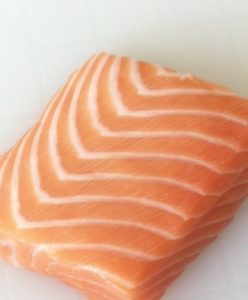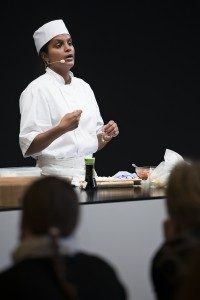
Japanese cuisine places great emphasis on using the fresh ingredients of the season, this applies to vegetables, fish and shellfish.
Many of the raw materials used in Japanese cuisine, such as fish, seaweed are vegetable are super foods that boost the body with healthy oils, vitamins, minerals and antioxidants. Japanese food is low in fat and sugar, making it a healthy choice.
This is one of the reasons why the Japanese are the population in the world that live the longest.
The healthy ingredients and raw materials such as miso, tofu, wasabi, seaweed and many others that are fundamental to Japanese cuisine are not used in the same way in other cuisines.
While many cuisines around the world make use of the fifth taste experience, umami, Japanese cuisine is known for its emphasis and exploration of this flavor through the use of ingredients such as dashi, soy sauce and miso.
On the course Traditional Japanese food for beginners, you learn to make healthy and tasty dishes from the classic Japanese cuisine, which boosts your health.
PS: Sunday 24 September 2023 will be the last course in Traditional Japanese food for this year.
_
Zoë has held sushi courses and cooking classes for A. P. Moller – Maersk, Hugo Boss Nordic, Novo Nordisk, Novartis, Velux, Gorrissen Federspiel, Beierholm revision, Elbek & Vejrup and many more.







